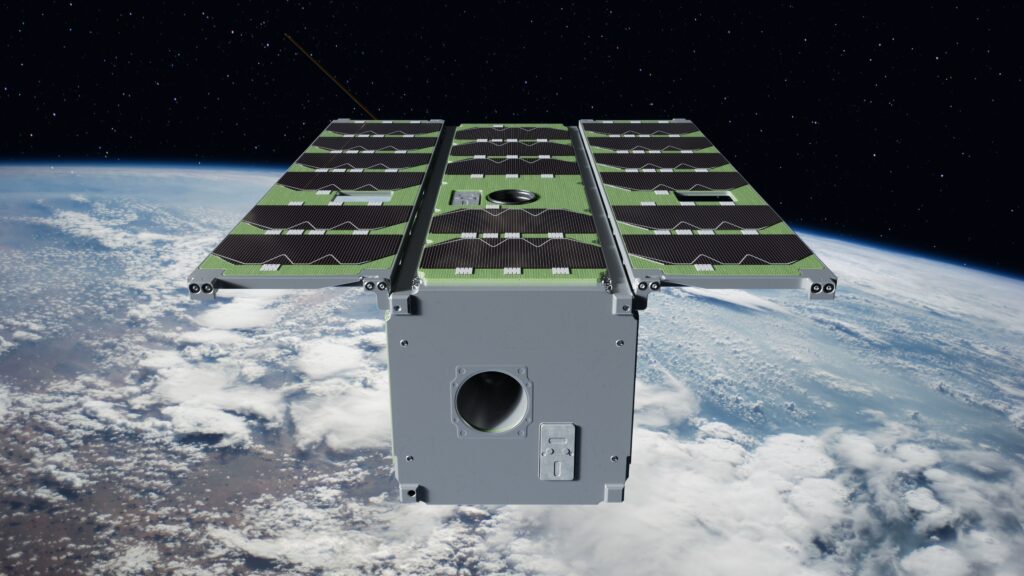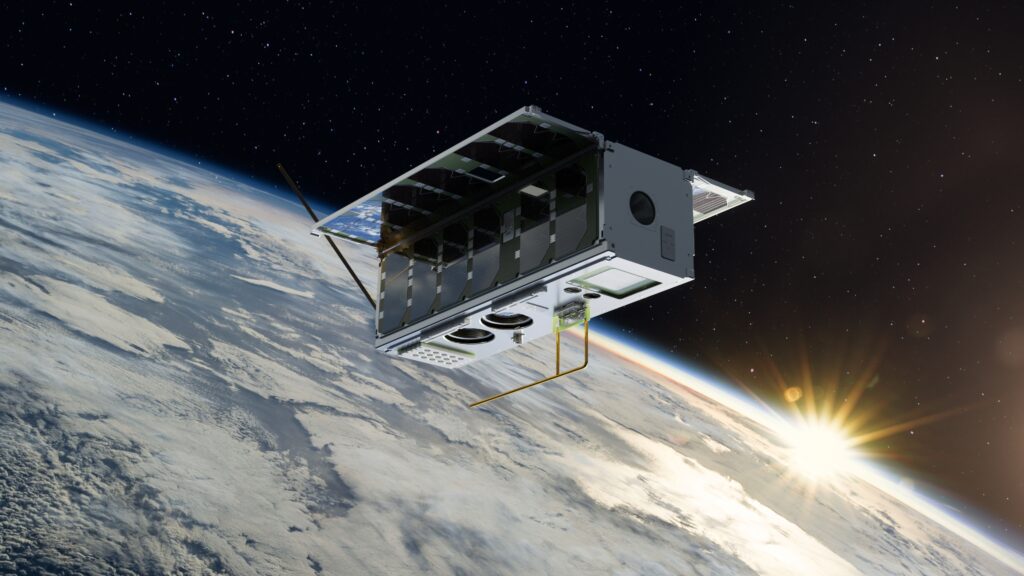A satellite developed by Estonian students, ESTCube-2, was launched aboard Arianespace’s Vega rocket on 9 October; however, current suspicions suggest the satellite did not detach from the launch capsule in the rocket’s nose cone, failing to reach its orbit and was instead destroyed aboard the carrier rocket upon re-entry into Earth’s atmosphere.
In the initial hours after the launch, radio amateurs around the world attempted to capture packets resembling the ESTCube-2 beacon, the Tartu Observatory reported on Tuesday. Since many cube satellites use radio amateur frequencies for communication, it is possible that instead of ESTCube-2, another satellite was mistakenly identified.
During ESTCube-2’s expected flyovers over Estonia, the team could not establish communication with their satellite. Such scenarios are not unprecedented. It was conceivable that after a long waiting period between the satellite’s last battery charge and the rocket launch, ESTCube-2 had to charge its batteries upon reaching space before rebooting. As days passed, this scenario and other hypotheses proposed by the team about the communication lapse became increasingly unlikely.

A few days after the rocket launch, the North American Aerospace Defense Command updated its public space objects registry. According to their latest radar data, only ten new space objects were identified in orbit, out of the 12 onboard the Vega rocket. This partially confirmed the ESTCube team’s suspicions that something was amiss with the other two satellites.
Considering the aforementioned information, the ESTCube team has strong reason to believe ESTCube-2 was one of the two satellites that did not detach from the Vega rocket.
“As the information that has reached our team is relatively new and many details remain unconfirmed, it is still too early to say what exactly will become of the ESTCube-2 mission. Naturally, the team is discussing a wide range of possibilities, but in the end, we need to wait for official announcements and information. However, the primary goal of ESTCube-2 – to provide education and practical experience in space technology to more than half a thousand young engineers and scientists – has certainly not failed,” Hans Teras, a project manager of the team, said.

Estonia’s most research-intensive satellite
ESTCube-2 is Estonia’s most research-intensive satellite. The mission’s most ambitious objective is to find a solution for reducing space debris. To achieve this, the satellite is equipped with a novel plasma brake, the task of which was to safely remove the satellite from Earth’s orbit after the mission’s conclusion. The plasma brake technology was first tested by ESTCube-1, Estonia’s first satellite, in 2013. However, the attempt failed back then due to a malfunction in the motor that was supposed to unwind a 300-metre wire.
ESTCube-2 was developed at the Tartu Observatory of the University of Tartu and the project was managed in collaboration with the Student Satellite Foundation. The mission was completed in cooperation with various partners from Finland, Sweden, and Germany, and the launch of ESTCube-2 was supported by the European Commission under the Horizon 2020 programme.

